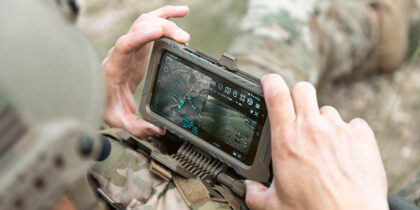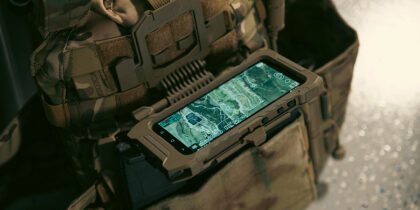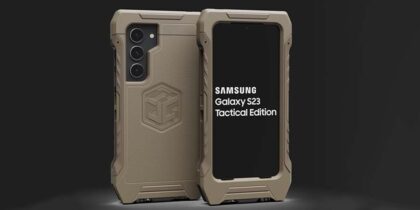The Navy is answering the challenge of catering to the millennial generation with digital healthcare solutions.
Navy members are younger than most in the U.S. — a full 75 percent of active duty sailors were born after 1986, according to FierceHealthcare. This means that when the Navy tackles the question of healthcare delivery, modern solutions must be up for consideration. Naval health leaders have prioritized making care more easily accessible for soldiers and their families and have decided that one of the best ways to do it is through digital healthcare, specifically telehealth.
Connecting to Millennials Through Digital Solutions
In an interview with The San Diego Union-Tribune, the U.S. Navy’s surgeon general Vice Admiral C. Forrest Faison III, M.D. discusses the Navy’s focus on providing effective care for all sailors. He touts a historic 97 percent survival rate of wounded service members during the Iraq and Afghanistan wars and states that results like these reflect the Navy’s commitment to the well-being of its sailors. To maintain these successes, the Navy is looking to implement new approaches to care. An integral part of achieving that goal is founded on the need to keep its highly trained units as ready as possible by focusing on sailor health, and doing so in a way that will be attractive to the Navy’s young population. According to Vice Admiral Faison, “The millennial generation is fundamentally changing healthcare, and we have to adapt to that.”
Protect patient data stored on mobile devices.
Download this free white paper to learn how to keep patient data secure. Download Now
Faison says that this means accepting that while previous generations focused on quality and safety (something millennials take as a given), younger sailors look for convenience in the form of short wait times and accessibility. The naval health plan currently allows them to take advantage of options such as the new generation of walk-in clinics, which unfortunately leaves their care fragmented and causes many Navy health leaders to lose visibility overall. In response, the Navy is now focused on building a “frictionless experience” centered around telehealth and app solutions.
Vice Admiral Faison understands the relationship millennials have with healthcare, stating that millennials are digital natives and recognizing what that means for a Navy in which 98 percent of active duty members own a smartphone, and 85 percent sleep with their smartphone nearby. To help build solutions that connect with habits like these, the Navy will focus on moving healthcare to technology like smartphones and apps, giving millennial service members more flexible options and reducing their reliance on urgent-care providers.
“We’re in the early stages of discussing a pilot program that would develop corpsmen-led clinics that might be in our commissaries or in our exchanges, connected by telemedicine to doctors at the hospital,” Faison said. This type of telehealth service, Faison says, will not only save money on the high costs of urgent care, but also bring confidence to new corpsman who are practicing their medical skills. “…he’s developing the confidence he’s going to need to save lives on the battlefield — but in a structured way that we’re providing good, safe health care using telemedicine links to experienced physicians in the rear.”
A growing number of organizations are offering telehealth benefits in an effort to attract top talent.








